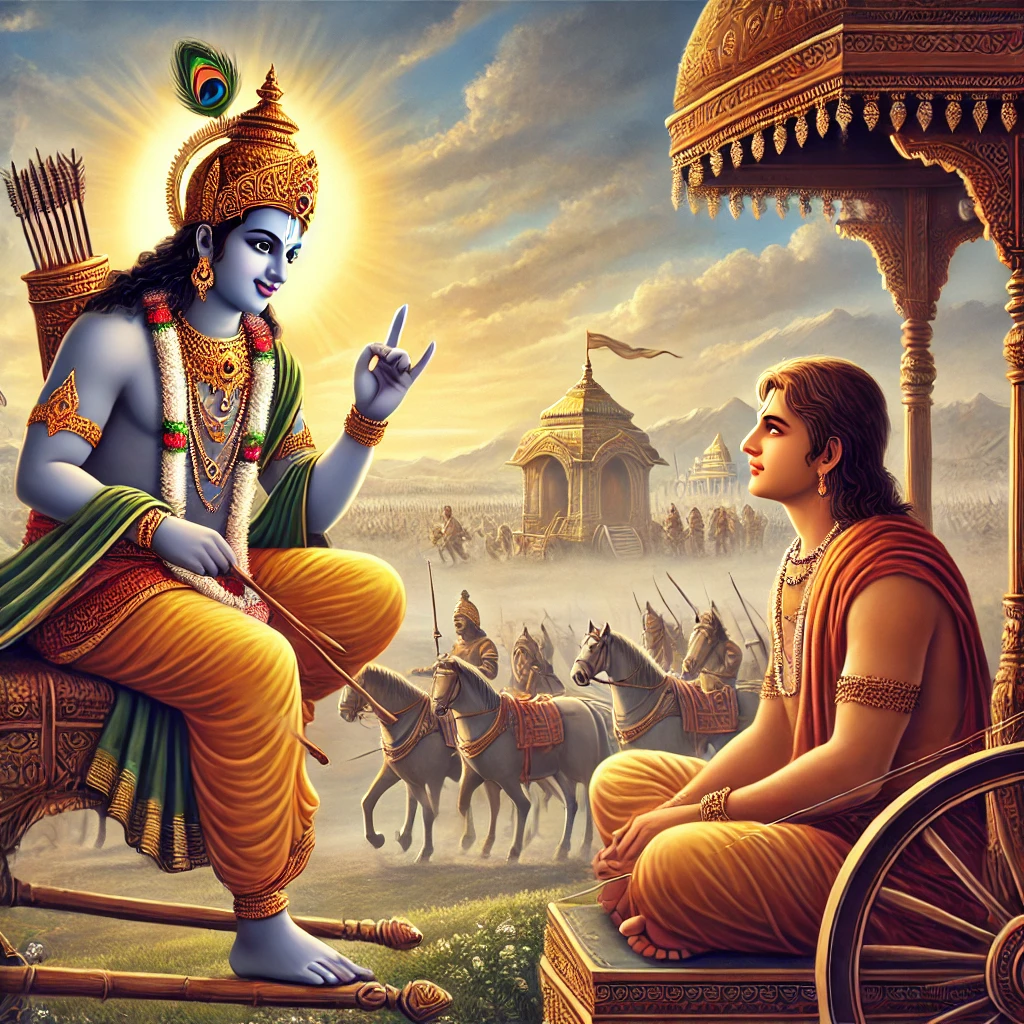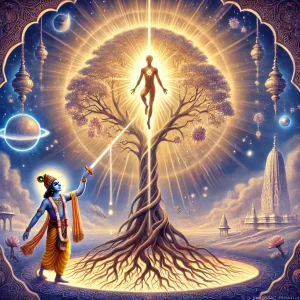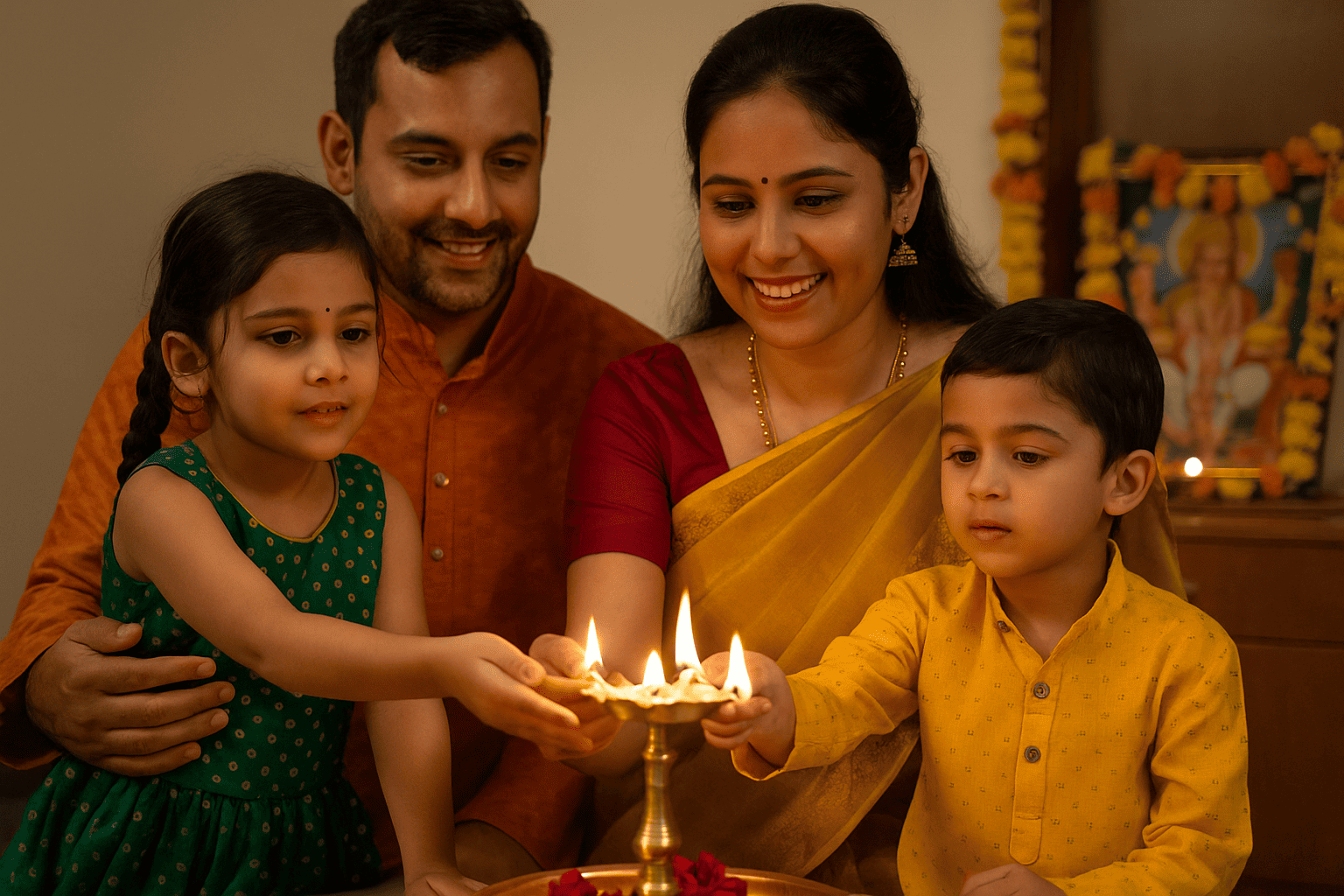

— Sankhya Yoga: The Wisdom of Clarity and Action
If Chapter 1 of the Bhagavad Gita is a storm of emotion, Chapter 2 is the beginning of calm after the storm. Titled Sankhya Yoga (The Yoga of Knowledge), this chapter is where Lord Krishna starts guiding Arjuna out of his emotional paralysis. It lays the foundation for all of the Gita’s teachings—about the soul, duty, balance, and the path to inner peace.
Let’s look at some of the most powerful takeaways from this chapter and how they relate to our daily lives.
1. You Are Not Just This Body
One of the most profound teachings in Chapter 2 is the idea that we are not the body, but the eternal soul (Atman). Krishna explains that the soul is never born and never dies—it simply moves from one body to another.
Verse 20: “The soul is neither born, nor does it die; it has neither past, present nor future.”
Lesson: When we identify too much with temporary things—looks, success, possessions—we suffer more. Remembering our true nature helps us stay grounded in what really matters: love, purpose, and growth.
2. Do Your Duty Without Attachment to the Outcome
Krishna introduces the powerful idea of Karma Yoga—acting with dedication, but without being attached to success or failure.
Verse 47: “You have the right to work, but never to the fruits of work.”
Lesson: Focus on putting your best effort into your work, relationships, and goals—without obsessing over the results. This mindset reduces anxiety, frustration, and burnout.
3. A Balanced Mind Is a Peaceful Mind
Krishna praises the “Sthitaprajna”—one who remains steady in joy and sorrow, success and failure, pleasure and pain.
Verse 56: “He whose mind remains unshaken by sorrow, and who does not crave for pleasure, is a wise person.”
Lesson: Life will always be full of ups and downs. The goal isn’t to control life—but to control how we respond to it. Developing inner steadiness is one of the greatest life skills.
4. Clarity Comes from Inner Stillness, Not Overthinking
Krishna warns that constant thinking, craving, and emotional imbalance can cloud judgment.
Verse 66: “There is no wisdom for the unsteady, nor for the unsteady is there meditation. Without meditation, there is no peace, and without peace, how can there be happiness?”
Lesson: Slow down. Practice silence, mindfulness, or prayer. A calm mind sees more clearly and makes better choices.
5. True Wisdom Is Living with Purpose, Not Just Accumulating Knowledge
Krishna doesn’t encourage Arjuna to escape or renounce the world—he tells him to stand up and fight, but with awareness and inner detachment.
Lesson: Spiritual growth doesn’t mean withdrawing from the world. It means doing what needs to be done with integrity, clarity, and compassion.
Final Thoughts
Chapter 2 of the Bhagavad Gita offers us a powerful toolkit: a deeper understanding of who we are, how to act wisely, and how to find peace amidst chaos. It’s not just for warriors on ancient battlefields—but for anyone navigating modern life’s responsibilities, decisions, and emotions.
Whether you’re facing a career choice, a personal setback, or just a noisy mind—this chapter is a reminder: You are more than your worries, your work, or your wins. Breathe. Act with love. And let go of the rest.







